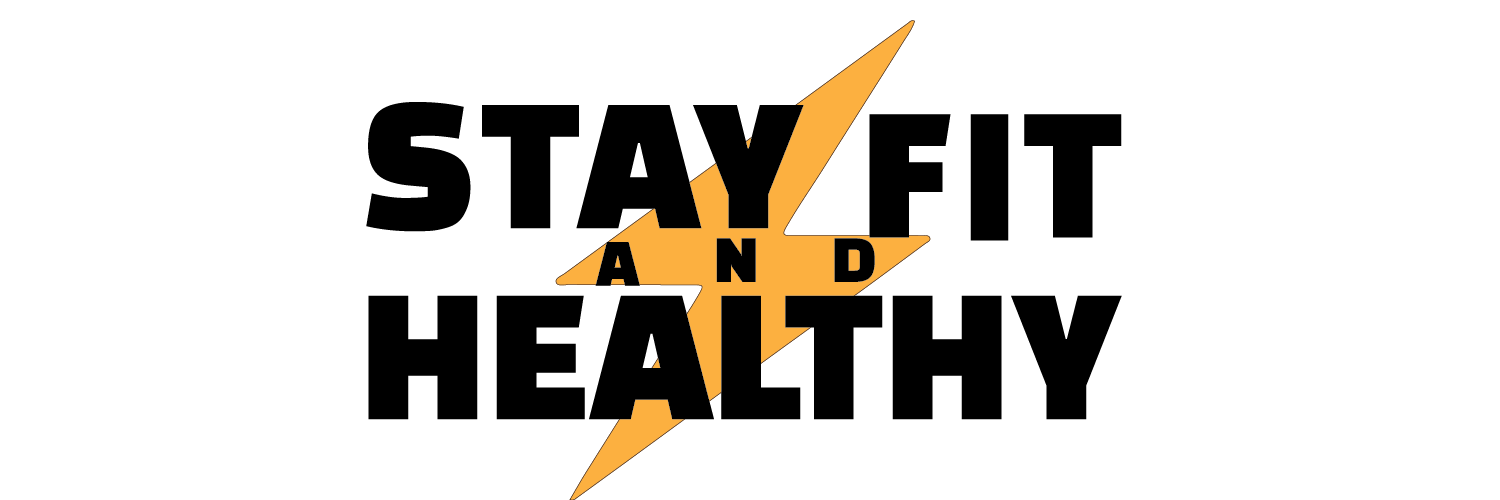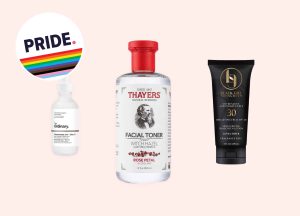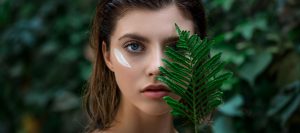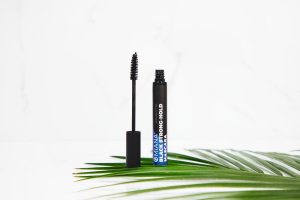The Rise of Fungal Acne and How to Differentiate It from Bacterial Acne
3 min read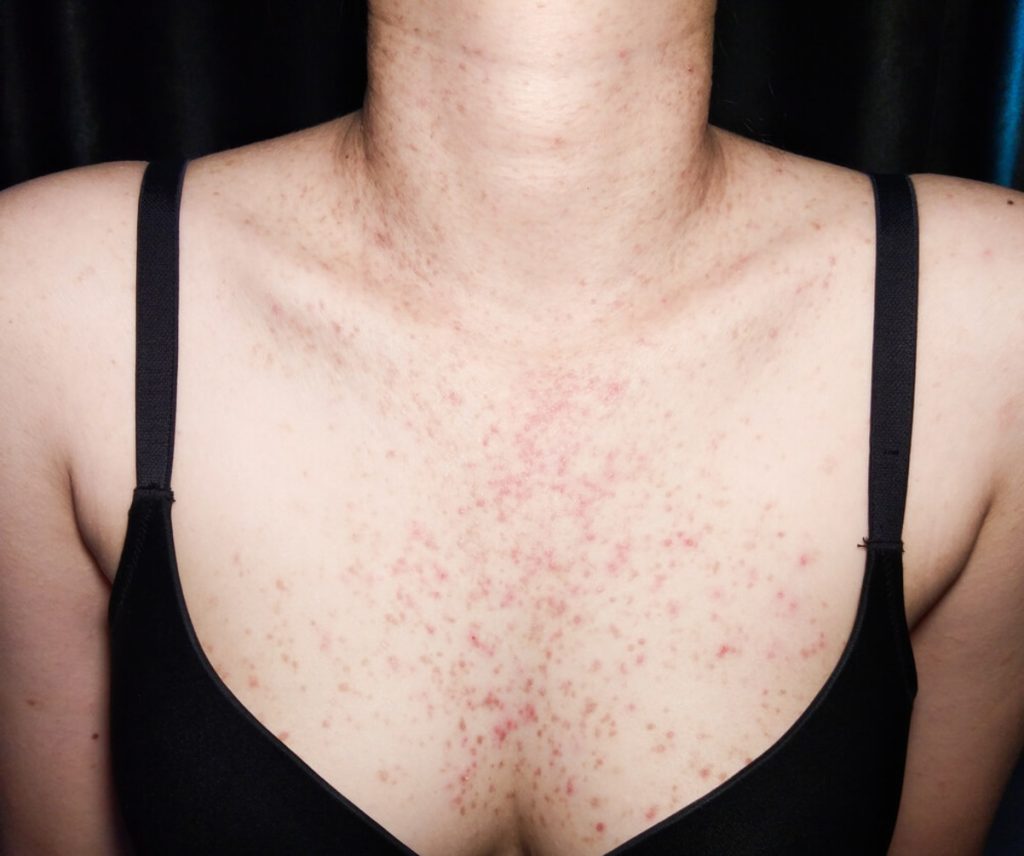
You know that frustrating moment when you’ve tried every acne treatment under the sun, but your skin just won’t cooperate? Well, here’s the deal—it might not be bacterial acne at all. Fungal acne (or Malassezia folliculitis, if we’re being technical) is sneaking into skincare conversations, and honestly? It’s been misdiagnosed for years.
What Exactly Is Fungal Acne?
Let’s clear this up first: fungal acne isn’t acne. It’s an overgrowth of yeast—specifically, Malassezia—that clogs hair follicles. Unlike bacterial acne (the classic pimples we all know), fungal acne shows up as tiny, uniform bumps, often itchy, and usually resistant to benzoyl peroxide. Sound familiar?
Why Is Fungal Acne on the Rise?
Blame it on modern skincare trends. Heavy moisturizers, occlusive oils, and even antibiotic overuse can create a cozy environment for yeast to thrive. And with humid climates or sweaty workouts? That’s basically a welcome mat for fungal acne.
Key Differences: Fungal vs. Bacterial Acne
Appearance
Fungal acne: Clusters of small, red, itchy bumps—often on the forehead, chest, or back. They’re stubbornly uniform, like a rash with commitment issues.
Bacterial acne: Randomly scattered whiteheads, blackheads, or inflamed cysts. Size and shape vary, and they’re rarely itchy.
Triggers
Fungal acne: Loves humidity, sweat, and oil-heavy products. Antibiotics can make it worse (yeast thrives when bacteria are suppressed).
Bacterial acne: Triggered by hormones, stress, or pore-clogging ingredients (looking at you, coconut oil).
Treatment Response
Fungal acne: Laughs at benzoyl peroxide but improves with antifungal ingredients (like ketoconazole or sulfur).
Bacterial acne: Responds to salicylic acid, retinoids, or antibiotics—but antifungals won’t touch it.
How to Test for Fungal Acne at Home
No lab coat needed. Try this:
- Spot test an antifungal: Apply an over-the-counter antifungal cream (like clotrimazole) to a small area for a few days. If bumps fade, it’s likely fungal.
- Check your products: Fungal acne hates certain oils (like squalane) but loves others (say, olive oil). Cross-reference your skincare with Fungal Acne Safe ingredient lists.
- Monitor itchiness: Bacterial acne might throb, but fungal acne? It’ll itch like a wool sweater in July.
Treatment: What Actually Works
For Fungal Acne
- Antifungal shampoos: Nizoral (ketoconazole) or Head & Shoulders (pyrithione zinc) as a 5-minute mask.
- Sulfur: Dries out yeast without nuking your skin barrier.
- Lightweight moisturizers: Skip the thick creams. Opt for glycerin or hyaluronic acid.
For Bacterial Acne
- Benzoyl peroxide: Still the gold standard for killing acne bacteria.
- Retinoids: Speed up cell turnover to prevent clogged pores.
- Salicylic acid: A gentle exfoliant that dives deep into pores.
Prevention: Keeping Fungal Acne at Bay
Think of fungal acne like uninvited houseguests—they thrive in damp, crowded spaces. Here’s how to shut them out:
- Shower immediately after sweating. Yeast loves gym clothes left on too long.
- Rotate your towels. Seriously, that three-day-old towel? It’s a petri dish.
- Simplify your routine. Fewer products mean fewer chances to feed yeast.
Final Thoughts
Skincare isn’t one-size-fits-all—and neither is acne. If your “acne” won’t budge, maybe it’s time to consider the fungal factor. Because sometimes, the enemy isn’t bacteria at all… it’s yeast throwing a party on your face.
